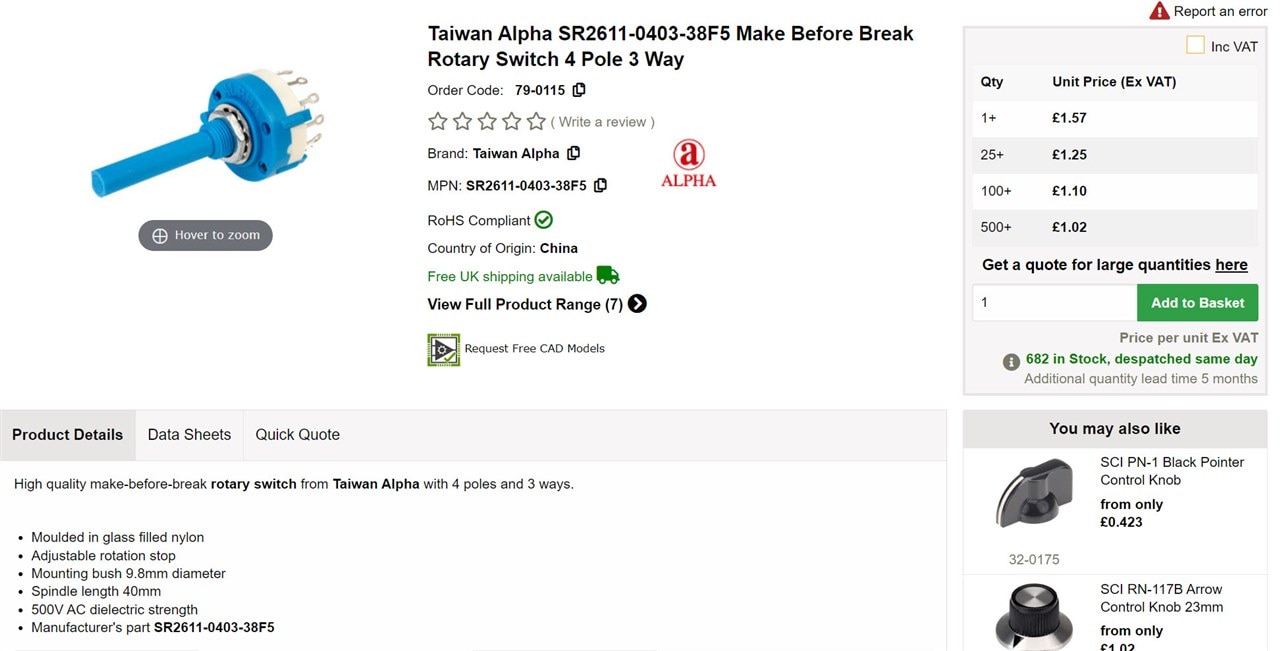I am experiencing a problem with the servos operations on this project that members helped me develop.
When the Mega is powered on the servo track to a position before going to the initialized position. The power on position for the servo is outside the range of motion for the animation. The movement has over extended some mechanical connections and caused breakage.
I went in search of a solution and found this post. It doesn't solve the problem but the discussion is an example of what I am experiencing. One of the suggestions is to relay control power. Only apply power to the servo after full initialization thereby avoiding the issue.
I'm curious if anyone has experienced a servo movement issue on power up and how they may have solved it.

